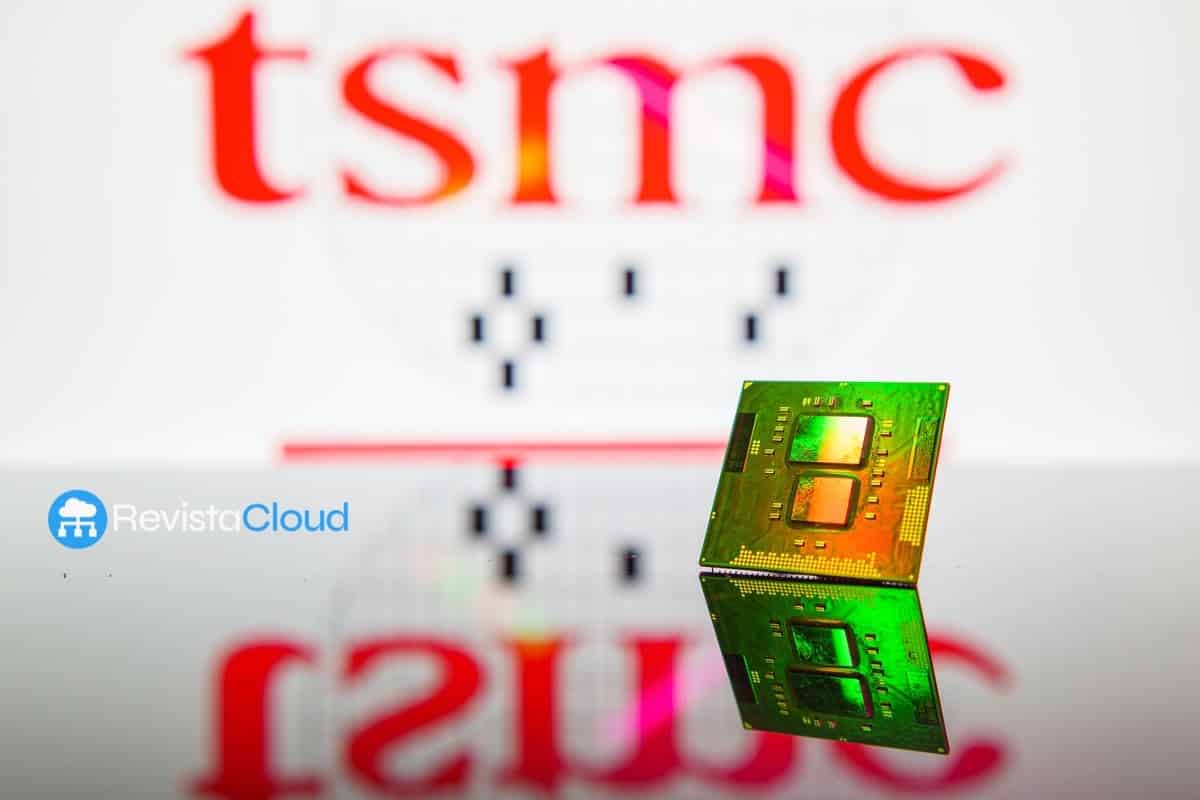The former U.S. president is demanding tough conditions from TSMC: invest an additional $400 billion or acquire nearly half of Intel to lower tariffs to Japan and South Korea levels
The recent announcement of a 20% tariff on Taiwanese exports to the United States has shaken the tech industry and exporters in the Asian country. Although Taiwanese President Lai Ching-te has called the figure “temporary,” the reality is that pressure from Washington—personified by former President Donald Trump during his campaign—focuses directly on a key player in the island’s economy: Taiwan Semiconductor Manufacturing Company (TSMC).
Taiwan recorded a trade surplus of $73.9 billion with the U.S. in 2024, surpassing Japan’s $68.5 billion and South Korea’s $66 billion. This disparity has led the Trump administration to propose two specific demands in exchange for reducing tariffs to the 15% level applied to Tokyo and Seoul:
1. For TSMC to invest an additional $400 billion in the United States.
2. For it to acquire a 49% stake in U.S.-based technology giant Intel.
Both proposals are viewed as unacceptable by TSMC’s CEO, C.C. Wei, who has no real incentive to accept conditions that could threaten the company’s strategic autonomy and financial stability. Furthermore, the Taiwanese government—owning only 6.38% of TSMC via the national sovereign fund—lacks the direct authority to compel the company to meet these demands.
Despite having already invested $165 billion in the U.S., including fabrication plants producing chips at 4, 3, and soon 2 nanometers, Trump seems determined to press further on Taiwan’s tech jewel.
“To Trump, TSMC is crucial in the tech war with China. It’s not enough for them to manufacture in the U.S.; they also want the knowledge, the control of the ‘know-how,’” explains a senior executive in Taiwan’s ICT sector.
The announcement of a 20% tariff comes amid unfavorable conditions for Taiwan’s economy, which is already suffering from the appreciation of the New Taiwan dollar (NTD). According to local business estimates, the combination of tariffs and exchange rates results in a competitiveness loss of nearly 15%. “This spells disaster for many export industries. It’s not just semiconductors—the textiles, automotive, and medical products sectors are also at risk,” said Hsu Shu-po, president of Taiwan’s National Chamber of Commerce.
The situation puts President Lai Ching-te’s government in an uncomfortable position, torn between protecting their strategic industry or making trade concessions to avoid deteriorating bilateral relations.
Critical voices, like analyst Chen Hui-ming (Juxin Capital, Hong Kong), are clear: “TSMC cannot be a bargaining chip in politics. It’s a strategic global asset. We cannot compromise its independence for an electoral demand from Trump in the short term.”
Beyond economics, this crisis reveals the underlying struggle for global tech leadership. Trump sees controlling the semiconductor value chain as essential in his strategy against China. Meanwhile, Taiwan defends its model of technological and legal independence.
The upcoming round of negotiations appears set to be a battle of wills. What’s truly at stake isn’t just a 5% tariff increase or decrease, but the geopolitical and strategic balance of the global tech industry.

